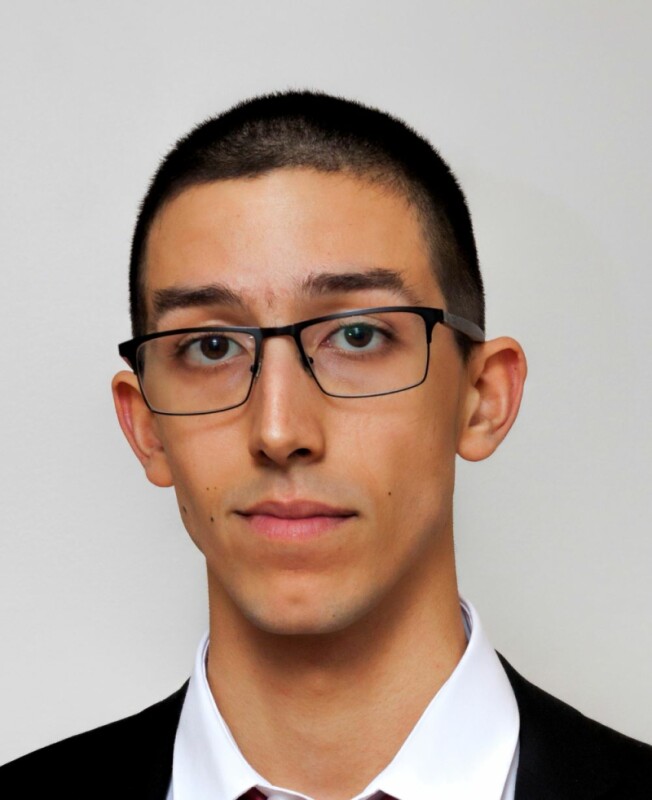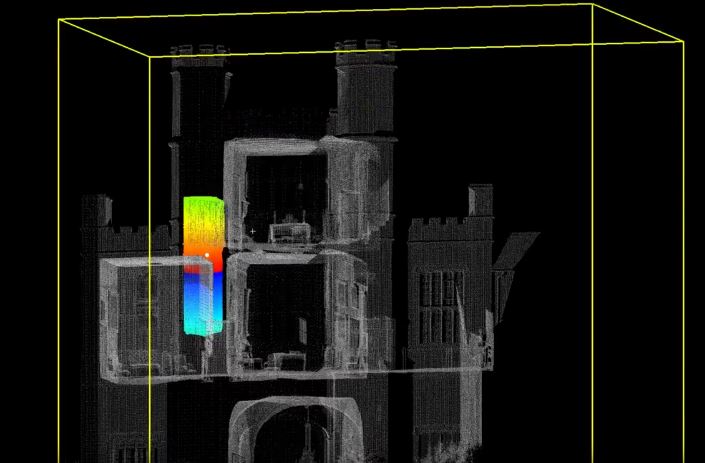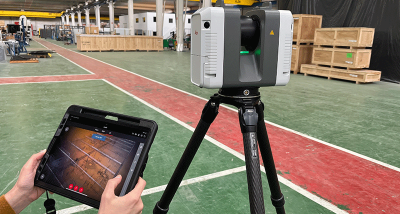In January 2017, archaeologist Dr Chris King, from the University of Nottingham, together with Dr Lukasz Bonenberg and Dr Sean Ince, from the Nottingham Geospatial Institute, laser scanned a 16th century house: the Coughton Court in Warwickshire UK. The objective was to create a full 3D model, so they could reproduce the location of a priest hole they had found and laser scanned in the tower room, back in 2015.
In the 17th century, Catholic priests in the United Kingdom were in a bad position where they had to choose between fighting for or against the crown. The ones that went against were persecuted by the law, so they had to find a way to hide their presence inside their own houses. Concealed in walls, under floors, behind wainscoting and other locations, priests built what is called a priest hole. These are exactly what the name means, a hole so priests could hide when “pursuivants” (priest-hunters) came to their houses. Now in the care of the National Trust, since the 15th century Coughton Court has been the home of the Throckmortons, one of England’s oldest Catholic families.
Nowadays, anyone can visit the Coughton Court, but not the tower room where the priest hole resides. Dr. King thinks the 3D model will provide a platform for visitors, and even experts, to extend their knowledge and learn more about the house itself, understanding where the priest hole fits inside the house and allowing you to explore it.
“Terrestrial laser scanning is an important new technology for recording ancient monuments as they capture a huge amount of data very quickly and this is the first time that TLS [terrestrial laser scanning]has been used for the purpose of visualising hidden spaces inside Tudor houses. Digital visualisations of historic buildings are vital tools for helping the public to picture the past” said Dr. Bonenberg.
It’s impressive how many of these priest holes are still undiscovered, even under our noses, and how technology easily reveals what the naked eye can’t see. This was just one example, and the three researchers are looking to secure a new funding so they can continue their research at other historic locations.








